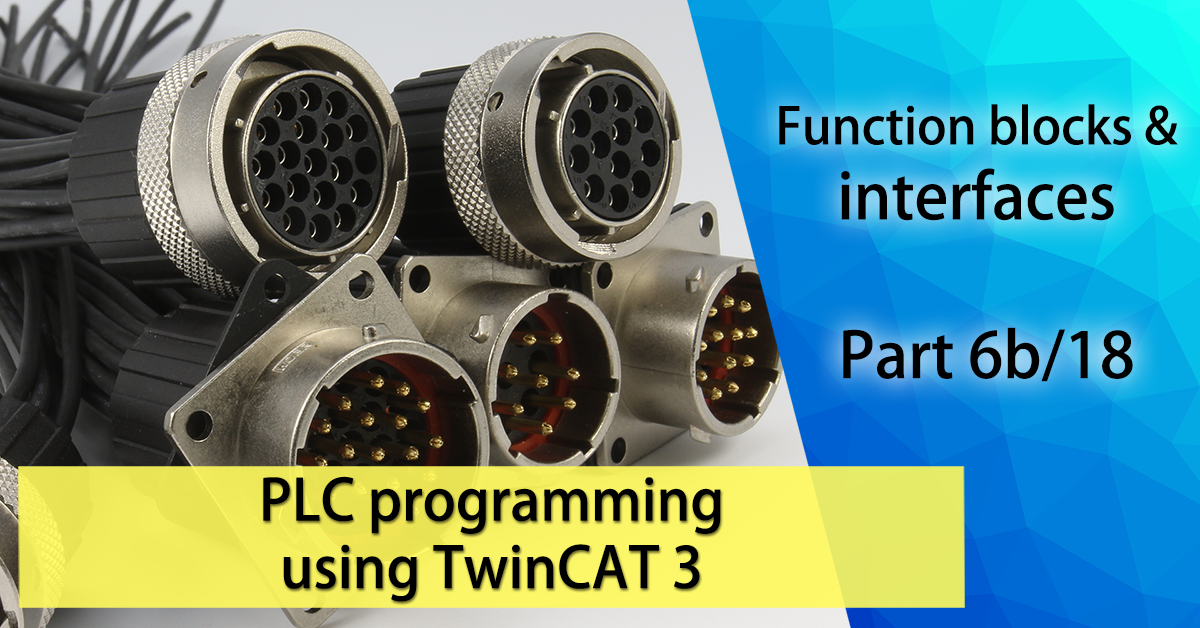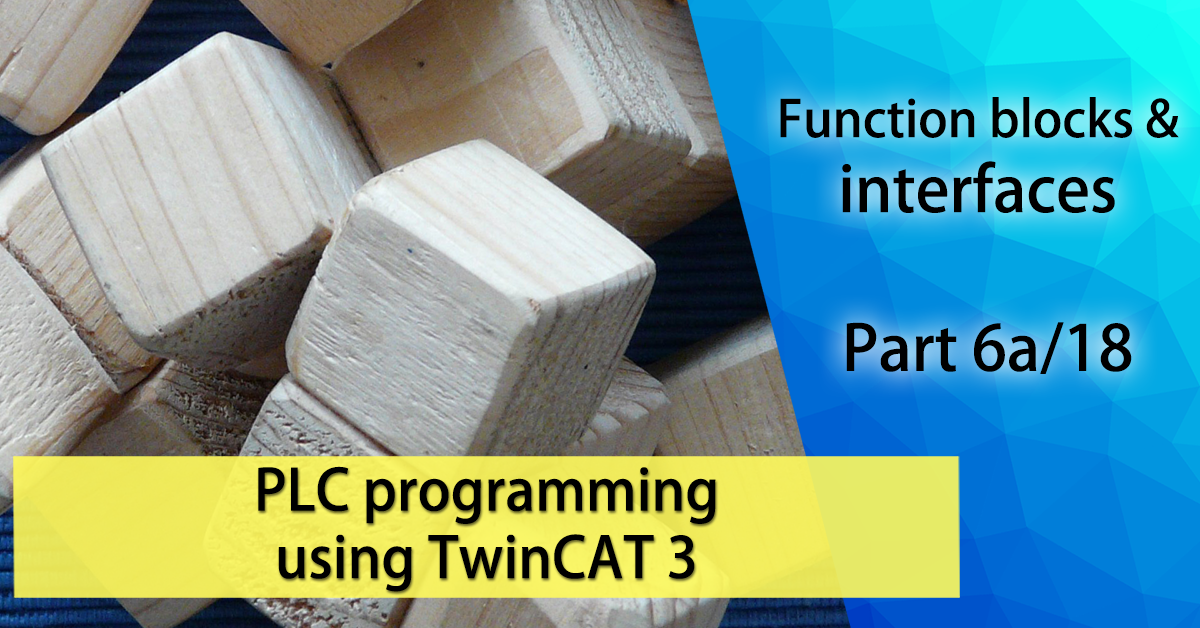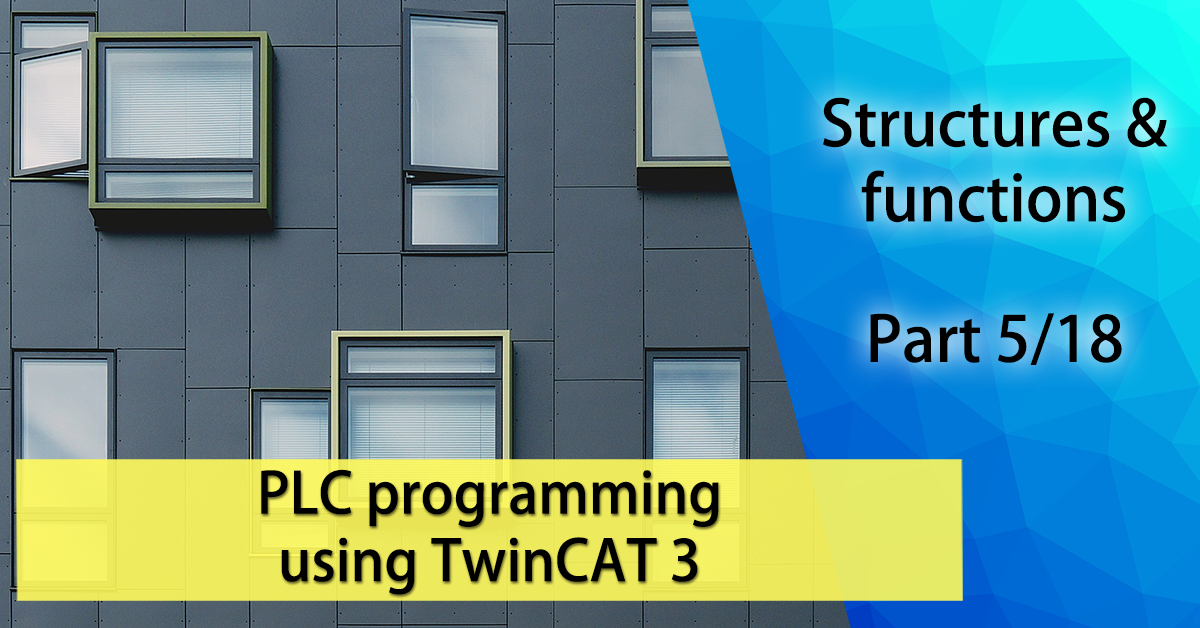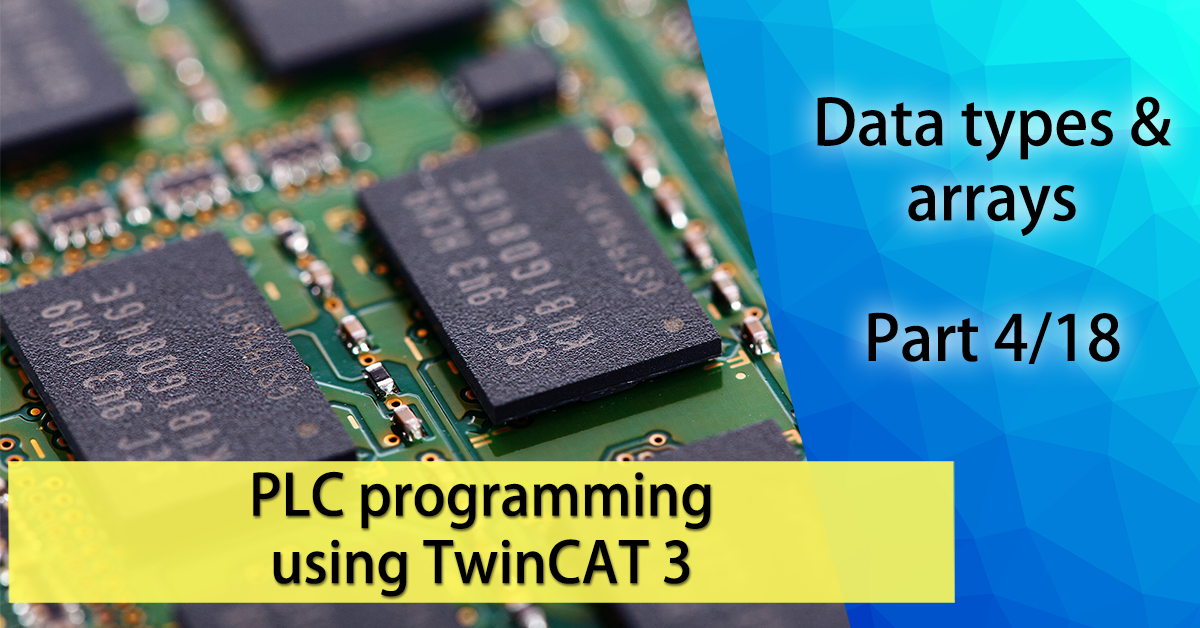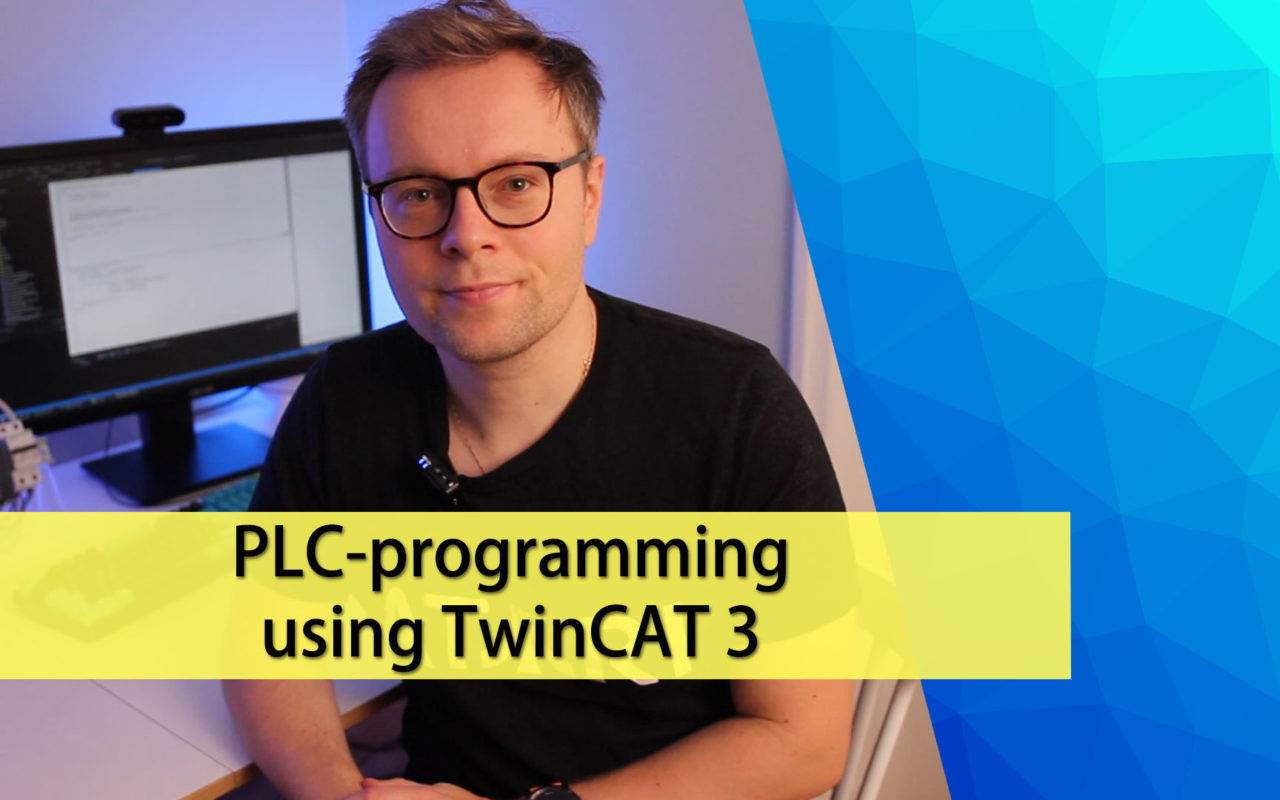When I started out with TwinCAT programming some time ago, I had basically not heard about PLCs. My background was not even close to automation, mostly doing C/C++ on various Linux-based systems. I had two friends which previously were doing a little automation, and both of them said “Don’t start working with PLCs. It’s boring“. Now that I’ve dabbled in “traditional IT” software development and industrial automation software development, I definitely don’t agree with the latter being boring. Industrial automation using PC-based control is insanely fun! At my first job where they used “this thing called TwinCAT” (which was unknown to me at that time), I did what I usually do: I started googling stuff like “free TwinCAT tutorial, how to program with TwinCAT, free TwinCAT course, TwinCAT open source” and so forth. I didn’t find much on Google or in any other of the places I usually used to learn a new programming language (forums, stack overflow, open source projects, etc). The amount of free resources was very limited. After having my TwinCAT blog for a few years, I even got an (anonymous) message via the contact form on my blog from someone saying that I’m an idiot that shares information and knowledge for free, and that nothing should be done for free and that I should basically stop writing my blog. For these reasons, I decided to do a free TwinCAT 3 tutorial.
